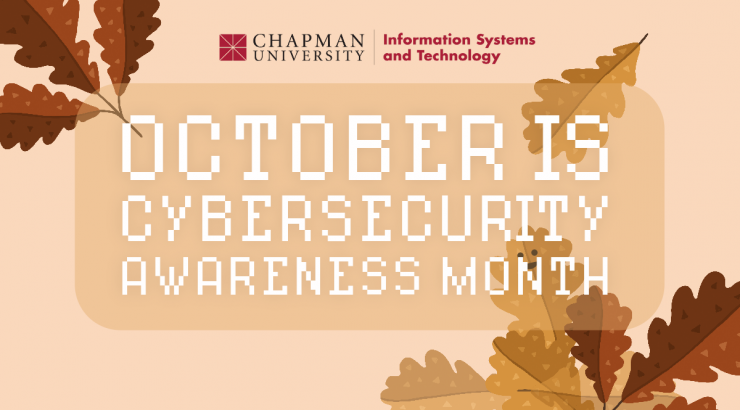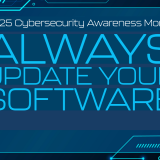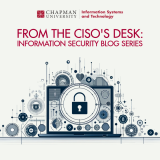
Fortifying Your Digital Armor: A Cybersecurity Awareness Month Blog Series Cybersecurity Awareness Month is Coming
September 25, 2023
October is not just about falling leaves and pumpkin spice lattes; it is also Cybersecurity Awareness Month! This annual event is a crucial reminder of the ever-present need for digital security in our rapidly evolving technological landscape. To celebrate this important occasion, we are excited to kick off a series of weekly blogs covering essential cybersecurity topics. Each week, we will delve into a different aspect of digital safety, including Multi-Factor Authentication, Strong Passwords, Software Updates, and Recognizing and Reporting Phishing attempts. So, let’s get started on our journey to bolstering our online defenses. We have weekly challenges and prizes, too!
Week 1: Multi-Factor Authentication (MFA)
Multi-factor authentication (MFA) is your first line of defense in cybersecurity. This powerful tool goes beyond the traditional username and password to add an extra layer of security. By requiring at least two authentication factors (such as something you know, something you have, or something you are), MFA makes it significantly harder for cybercriminals to gain unauthorized access to your accounts. In our first blog of the series, we will explore the different types of MFA, why it is essential, and how you can set it up to protect your digital identity.
Week 2: Strong Passwords
Week two is all about the foundation of online security: strong passwords. Passwords are the keys to your digital kingdom, and hackers can easily crack weak ones. We will provide tips on creating strong, memorable passwords and discuss the importance of unique passwords for each account. Additionally, we will delve into password managers and how they can simplify managing complex passwords across multiple accounts.
Week 3: Software Updates
Did you know that software updates are not just about adding new features? They are also essential for patching security vulnerabilities. In week three, we will emphasize the significance of keeping your operating system, applications, and antivirus software up to date. Neglecting updates can leave your devices and data exposed to cyber threats. We will discuss enabling automatic updates and share strategies for staying informed about the latest patches and updates.
Week 4: Recognize and Report Phishing
Phishing attacks continue to be an effective method cybercriminals use to trick individuals into revealing sensitive information. During the final week of our Cybersecurity Awareness Month series, we will delve into the art of recognizing and reporting phishing attempts. We will share common red flags to look out for in phishing emails and messages and provide guidance on reporting them to the relevant authorities or organizations.
Stay vigilant, stay safe!
Chapman University Information Systems & Technology (IS&T)

